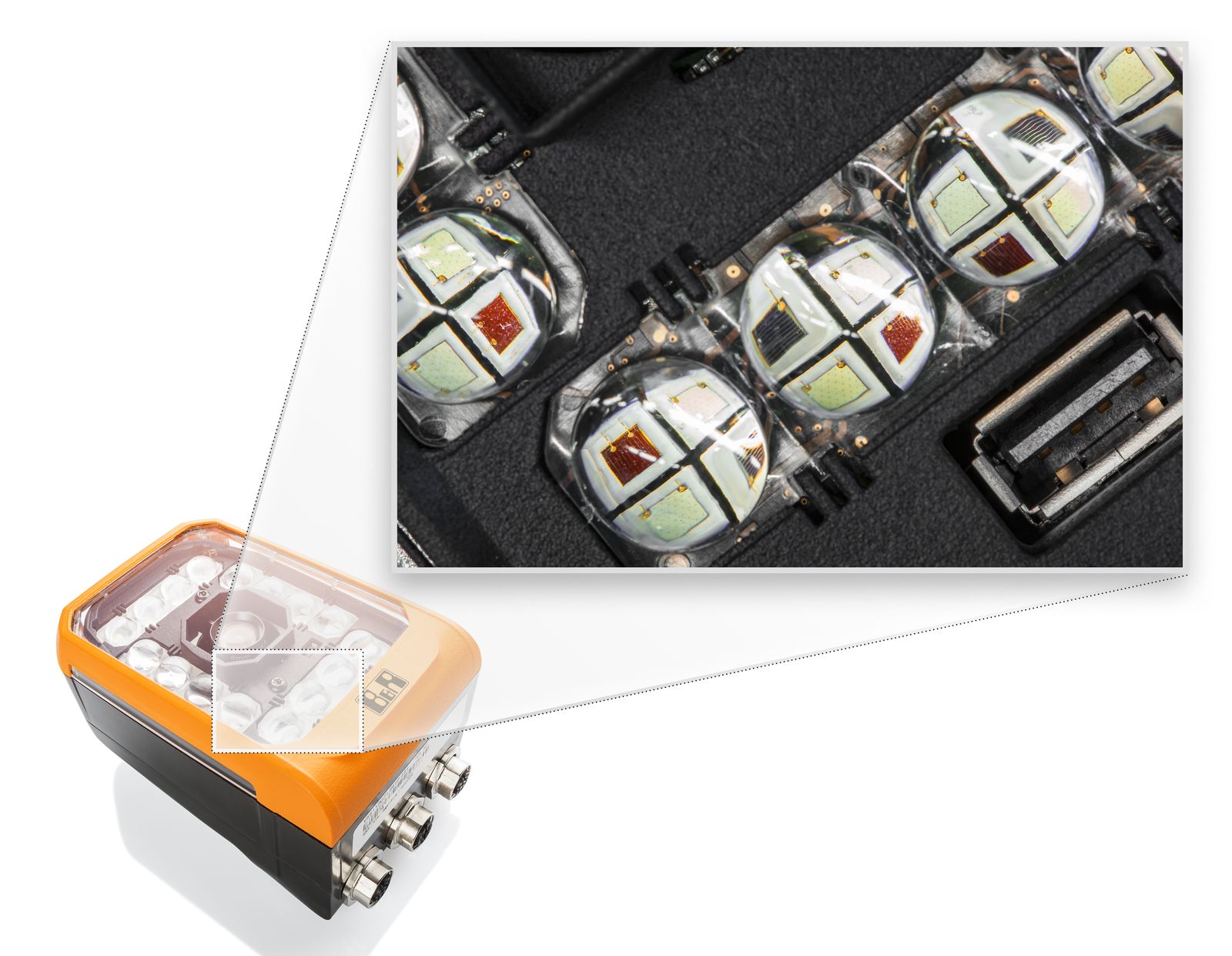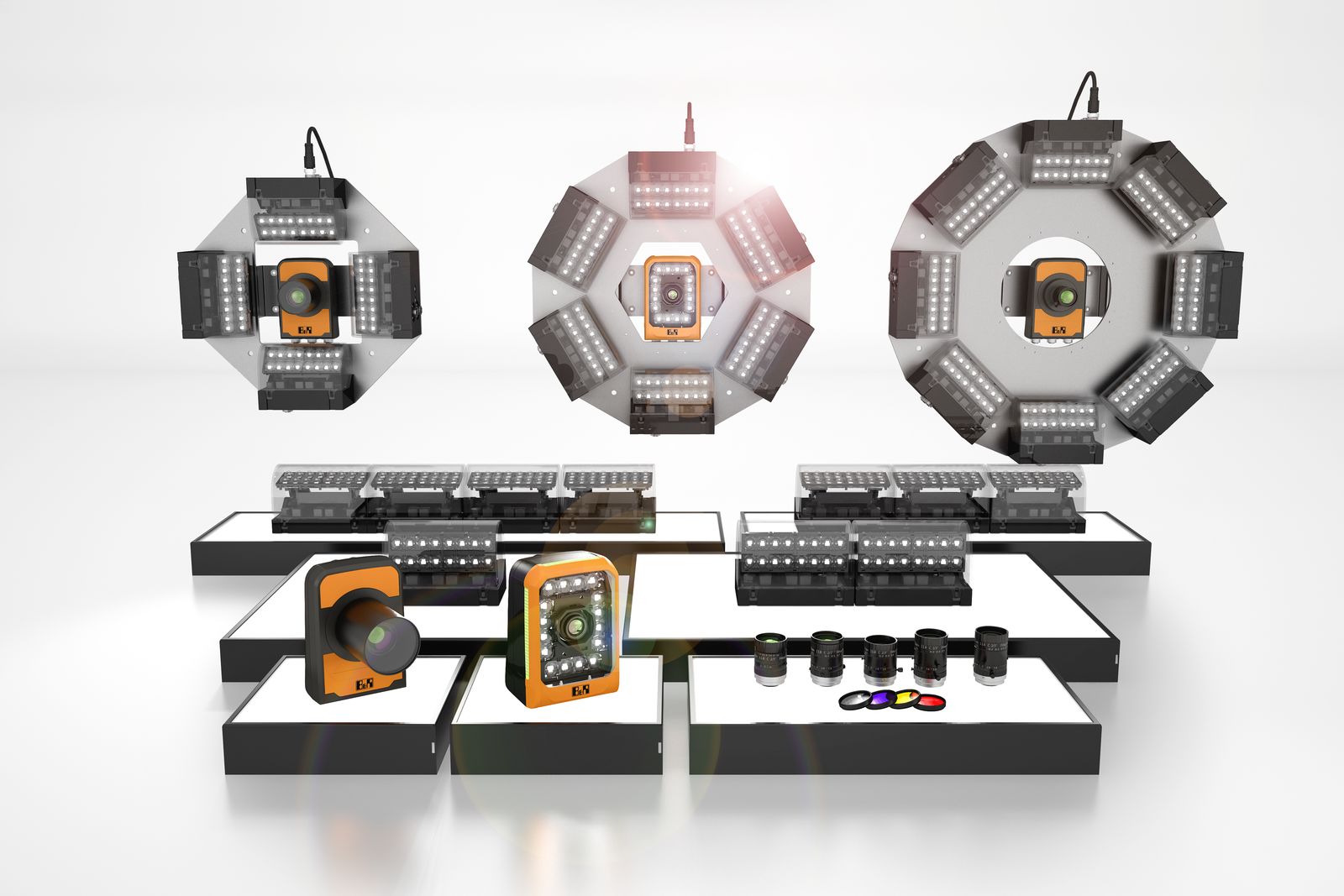
What do you know about adaptive manufacturing?
Adaptive manufacturing becomes more and more important in a time of constant change. We sat down with our expert Wlady Martino, Global Segment Manager - Packaging, and asked him the most common questions.
Adaptive manufacturing becomes more and more important in a time of constant change. We sat down with our expert Wlady Martino, Global Segment Manager - Packaging, and asked him the most common questions.





